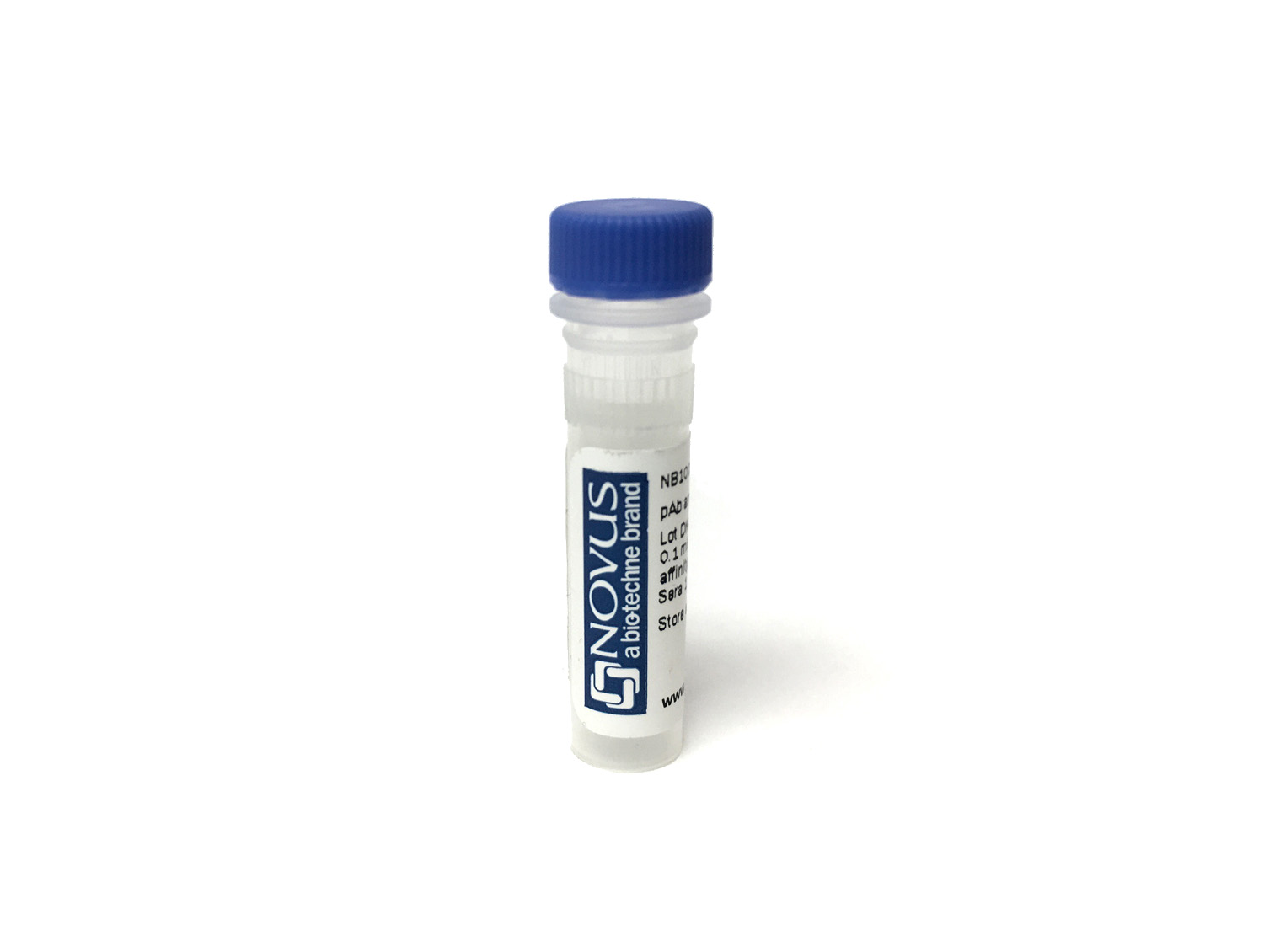BOK Antibody [Allophycocyanin]
Novus Biologicals, part of Bio-Techne | Catalog # AF6067A


Conjugate
Catalog #
Key Product Details
Species Reactivity
Human, Mouse, Rat
Applications
Western Blot
Label
Allophycocyanin (Excitation = 620-650 nm, Emission = 660-670 nm)
Antibody Source
Polyclonal Goat IgG
Concentration
Please see the vial label for concentration. If unlisted please contact technical services.
Product Specifications
Immunogen
E. coli-derived recombinant human BOK
Met15-Val123
Accession # Q9UMX3
Met15-Val123
Accession # Q9UMX3
Specificity
Detects human, mouse, and rat BOK in Western blots.
Clonality
Polyclonal
Host
Goat
Isotype
IgG
Applications for BOK Antibody [Allophycocyanin]
Application
Recommended Usage
Western Blot
Optimal dilutions of this antibody should be experimentally determined.
Application Notes
Optimal dilution of this antibody should be experimentally determined.
Formulation, Preparation, and Storage
Purification
Antigen Affinity-purified
Formulation
PBS
Preservative
0.05% Sodium Azide
Concentration
Please see the vial label for concentration. If unlisted please contact technical services.
Shipping
The product is shipped with polar packs. Upon receipt, store it immediately at the temperature recommended below.
Stability & Storage
Store at 4C in the dark.
Background: BOK
Long Name
Bcl-2-related Ovarian Killer
Alternate Names
bcl2-L-9, BCL2L9bcl-2-related ovarian killer protein, Bcl-2-like protein 9, BCL2-related ovarian killer, BOKL, hBOK, MGC4631
Gene Symbol
BOK
Additional BOK Products
Product Documents for BOK Antibody [Allophycocyanin]
Product Specific Notices for BOK Antibody [Allophycocyanin]
This product is for research use only and is not approved for use in humans or in clinical diagnosis. Primary Antibodies are guaranteed for 1 year from date of receipt.
